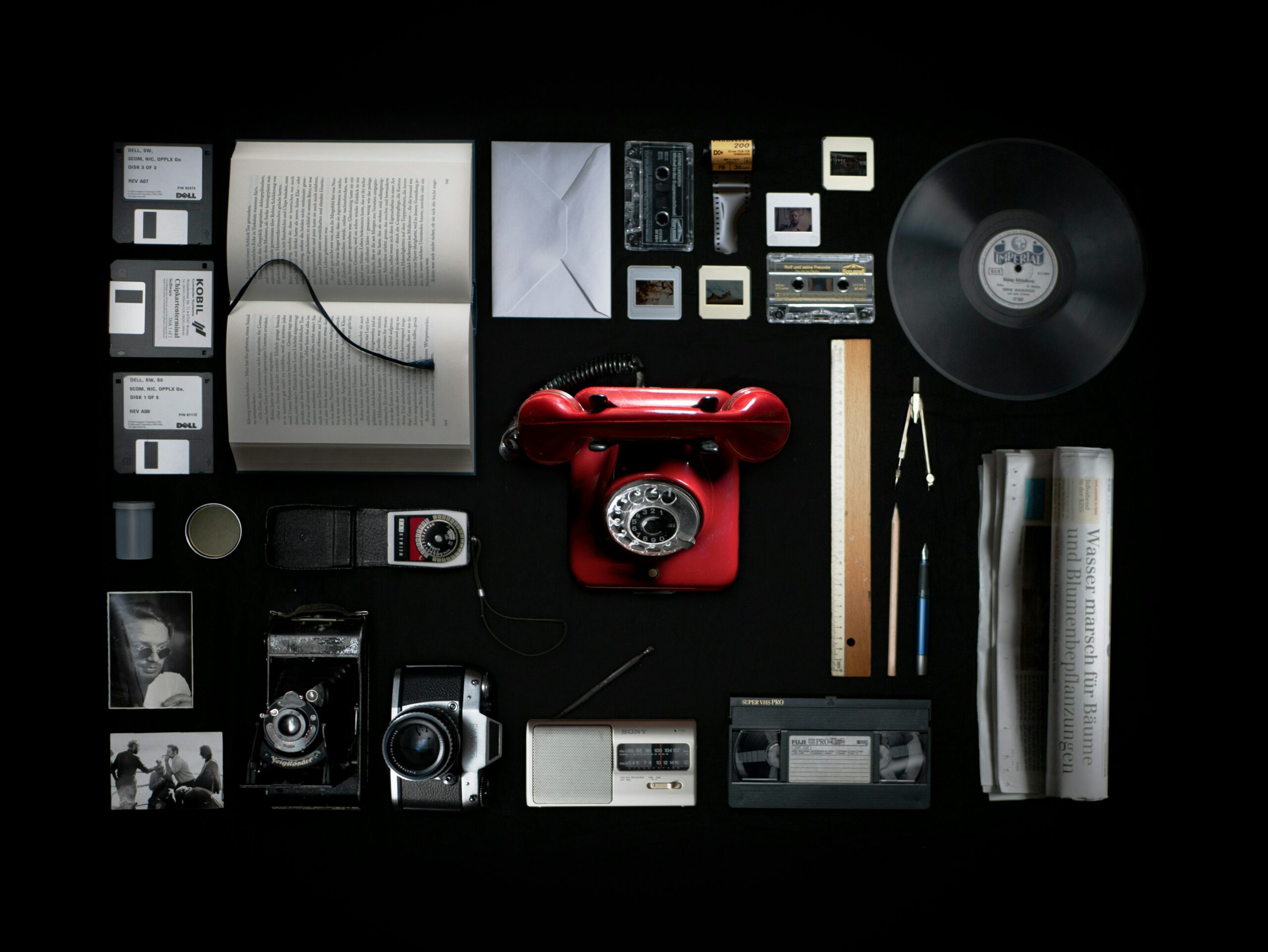On Eyman’s “Defining and Locating Digital Rhetoric” § “New Media,” pp. 51–55; he discusses what authors Lev Manovich, Cynthia Selfe, Randall Packer, and many more have to say about new media, how it’s defined, created, and perceived. However, Eyman fails to clearly identify what makes new media new, and when is the starting point in which it becomes old. I believe we first need to recognize what makes new new, and what makes old old, before stablishing a connection to media and digital rhetoric. So let’s start there!
What makes new new, and old old?
After doing a few Google searches, new and old are always defined by the aging subject, clothes, car, house, etc. This forced me to follow the somewhat limited dictionary definitions of new and old. To this, I found new to be defined as “1. not existing before; made, introduced, or discovered recently or now for the first time. 2. already existing but seen, experienced, or acquired recently or now for the first time.” And old, defined as “ 1. having lived for a long time; no longer young. And 2. belonging only or chiefly to the past; former or previous.”
Based on these definitions, the ones that mostly satisfy our needs to define new and old media are, option 1 for new and option 2 for old. Nonetheless, I would add to the new definition “the reinvention of something pre-existing.” For this, think of how we have experienced phones. Though the concept and main purpose of a phone remains the same, its physical appearance and new digital capabilities make them new, as long as they go together. I don’t believe an operating system update that improves one digital aspect makes a phone new. However, being able to listen to music from that barely relies on buttons, does.
Now, let’s take a break and focus on what is media
In Eyman’s text, we are offered two perspectives on how to evaluate new media. Though these perspectives are quite different, they are not mutually exclusive. Instead, I believe that they compliment each other.
First view comes from Manovich, who assures there are five characteristics that define media: numerical representation, modularity, automation, variability, and transcoding. While the second view comes from Packer and Jordan, who emphasize another five dimensions: integration, interactivity, hypermedia, immersion, and narrativity.
These characteristics or dimensions together, fully encompass the back and front ends of how media is created, processed, and perceived. Manovich focuses more on the back end and what a rhetor has to take in consideration at the time of creating media. While Packer and Jordan’s dimensions refer more to the audience’s experience, or the front end, to media creation.
So then, what is new and old media?
As we have seen from all previous definitions and characteristics necessary to make new and old media, none of these concepts contradict each other. Therefore, it is easy to draw a conclusion to our big question summing all factors discussed above. For one, old media doesn’t necessarily satisfy all the characteristics and dimensions given by Manovich, Packer, and Jordan. In this is because almost all of the old media is pretty much static. It simply doesn’t allow manipulation or adaptation to its content. Now, that old media only becomes old when it gets reinvented into something new. Something that does in fact grant the rhetor and the audience interact with it in ways never thought possible. Making the old one almost obsolete or insufficient to fulfill our modern needs.





Leave a Reply